The day that Tesla CEO Elon Musk has talked about for years is about to arrive. Tesla’s reportedly set to debut its first purpose-built robotaxi in California next month. It arrives at a tenuous time for self-driving vehicles.
Musk has long hyped the company’s full self-driving capability as being able to make the roads safer. However, he’s also repeated suggested that the technology could eventually be used by vehicle owners to turn their vehicles in to 24-hour money makers as robotaxis.
The long-awaited vehicle reportedly makes its debut Oct. 10 at event at a Warner Bros. movie studio in Los Angeles, according to Bloomberg. The 110-acre site features nearly 30 sound stages and been the home to countless movie and television productions. Neither Tesla nor Warner Bros. have offered comment.
Originally set to take place Aug. 8, Tesla delayed the event due to last-minute design changes made by Musk. The company also needed more time to build demonstration prototypes, Bloomberg reported.
More change
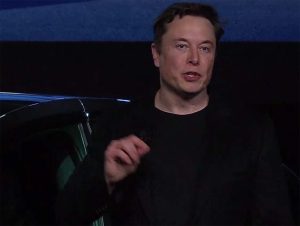
CEO Elon Musk believes that a fleet of robotaxis could move the company’s value into the multi-trillion dollar range.
Tesla’s focus appears to be shifting some, zeroing in on more artificial intelligence and autonomy technologies for use in EVs, rather than on improving the quality of the company’s existing production vehicles, note critics and some owners.
Tesla’s long struggled with quality issues, and its most recent lineup addition, the Cybertruck, isn’t bucking the trend. The uniquely styled pickup’s already been subject to several recalls, including one that encompassed all of the trucks produced so far.
However, Musk is confident that the robotaxi concept will not only add to Tesla’s bottom line, but to that of many owners who chose to deploy their personal vehicles in that capacity. However, the company — and its loyal owners — are a long way from deploying a fleet of robotaxis.
Tough time for robotaxis
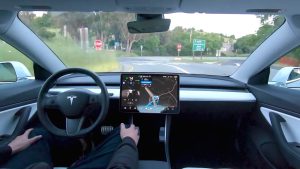
Consumers are still wary of self-driving vehicles, a new study shows. Governmental regulators are even more concerned about the technology.
While CEO Musk is no doubt giddy at the prospect of the next step in this process, others have been working through the issues of self-driving vehicles. General Motors and its Cruise subsidiary have been attempting to prove their technology to themselves, government regulators and the general public for a few years now.
Cruise appeared headed on the right track for some time with its fleet of Chevy Bolt-based robotaxis prowling the streets of San Francisco, then later Phoenix, Houston and Dallas. The expansion of service areas came despite concerns from California regulators about reports of sudden stops or slowdowns for no reason.
The company was set to begin using its purpose-built Origin EVs — which come with no driver controls — in San Francisco last fall. However, a Chevy Bolt Cruise robotaxi hit a pedestrian and dragged more than 20 feet in San Francisco last October. The GM unit’s been spending time and resources to improve the self-driving technology since then as part of its effort to regain the trust of the governmental naysayers and others.
More Tesla Stories
- Tesla CEO Musk, Donald Trump Accused of Trying to Intimidate Workers
- Tesla Halts Orders for Base Cybertruck
- Musk Uses Live Conversation with Trump to Promote EVs, Tesla
Coming back
Cruise resumed limited operations in Phoenix and Dallas in May. Houston followed shortly after. All the vehicles are manned with safety drivers as the company continues to return in a measured manner.
“Supervised autonomous driving is a critical validation phase prior to driverless deployment and builds on our extensive work in simulation, closed-course driving and more than 5 million driverless miles previously driven by our fleet to ensure safe performance on real-world roads and driving scenarios,” the company said in a statement.
“Safety drivers play an important role in testing the AV’s performance and the continuous improvement of our technology. We’ll begin supervised autonomous driving in the city of Phoenix and will gradually expand to Scottsdale, Paradise Valley, Tempe, Mesa, Gilbert and Chandler measured against predetermined safety benchmarks.”
Extra scrutiny
Tesla robotaxis are likely to face a little extra scrutiny. The company’s full self-driving technology relies on cameras primarily to “see” the world around it. Competing systems also used cameras but with lidar helping to determine what’s going on around the vehicle. Critics claim the Tesla system falls short without lidar.
Additionally, with Cruise and other competitors such as Waymo also testing vehicles, the competitive landscape is extremely difficult. However, Musk also believes if its successful, it will move the company’s value from the more than $720 billion range into the $5 trillion range.

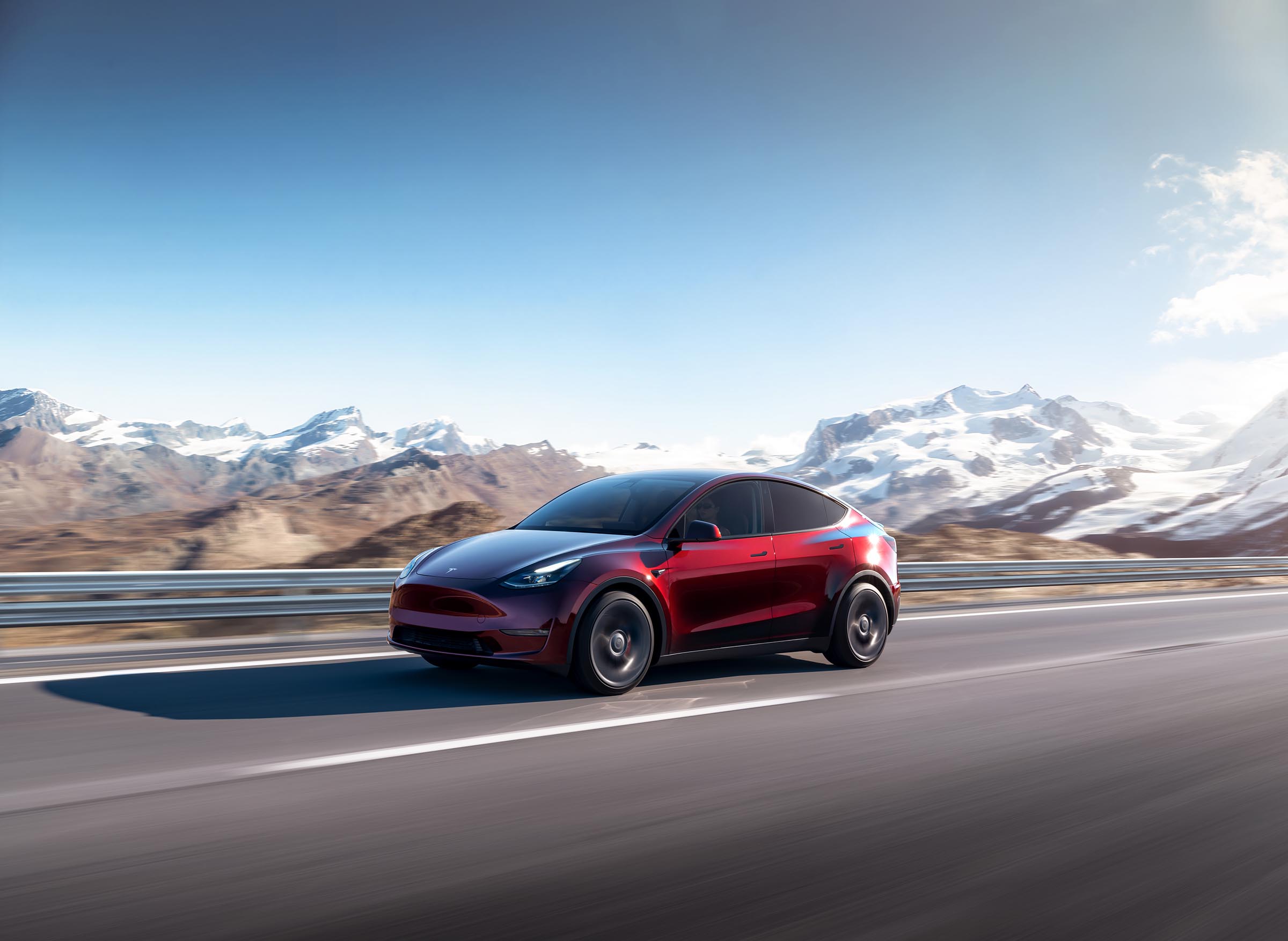
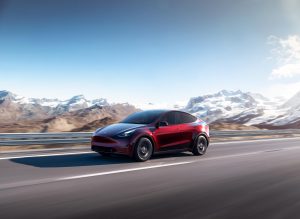
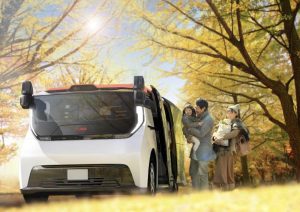
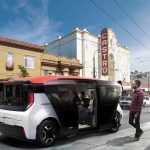
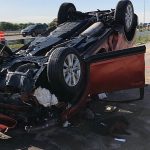
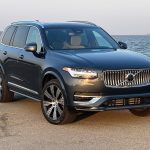
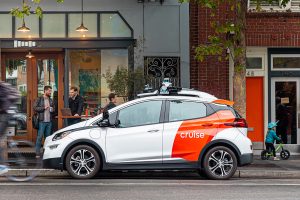
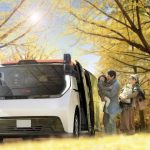
Self driving cars, fusion power — which will be first?